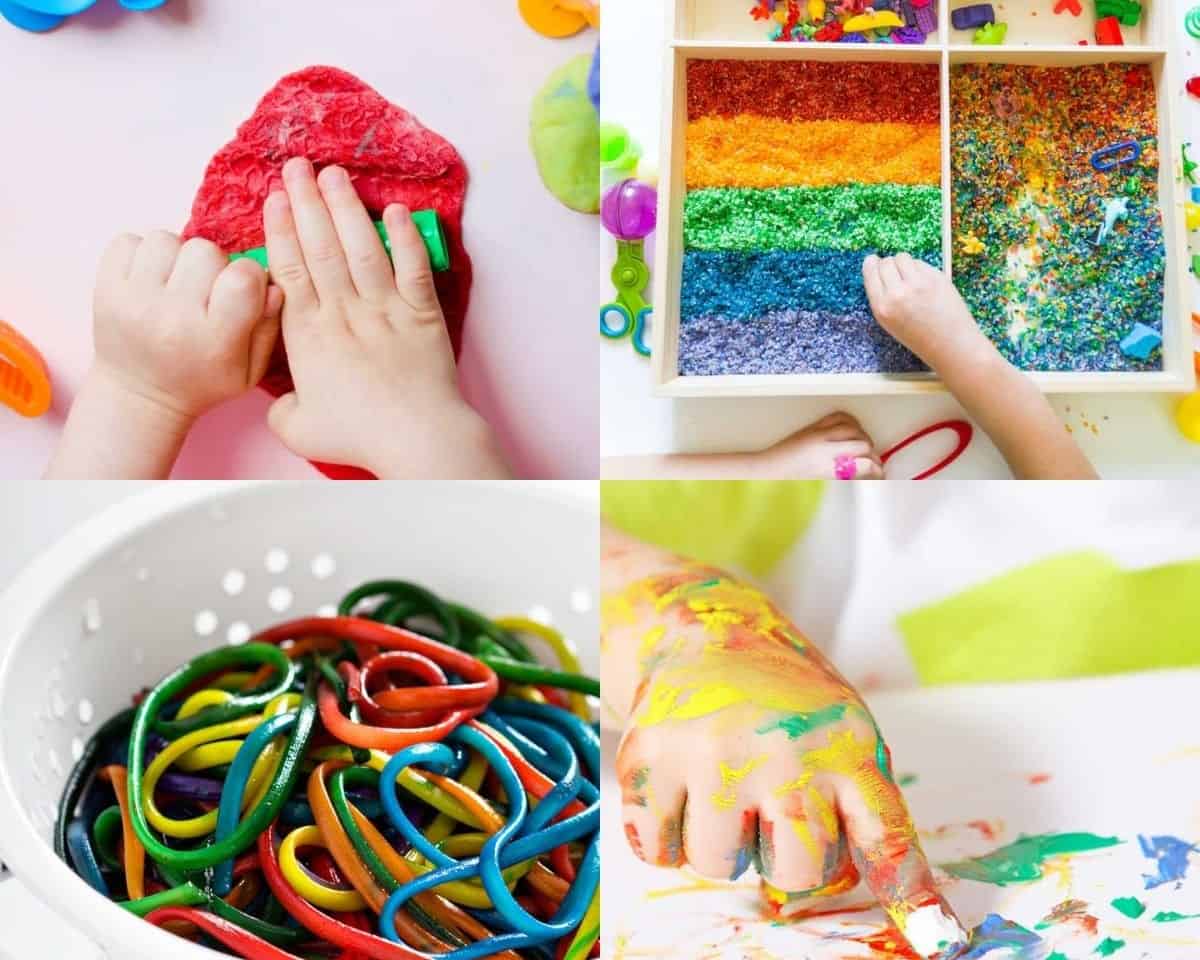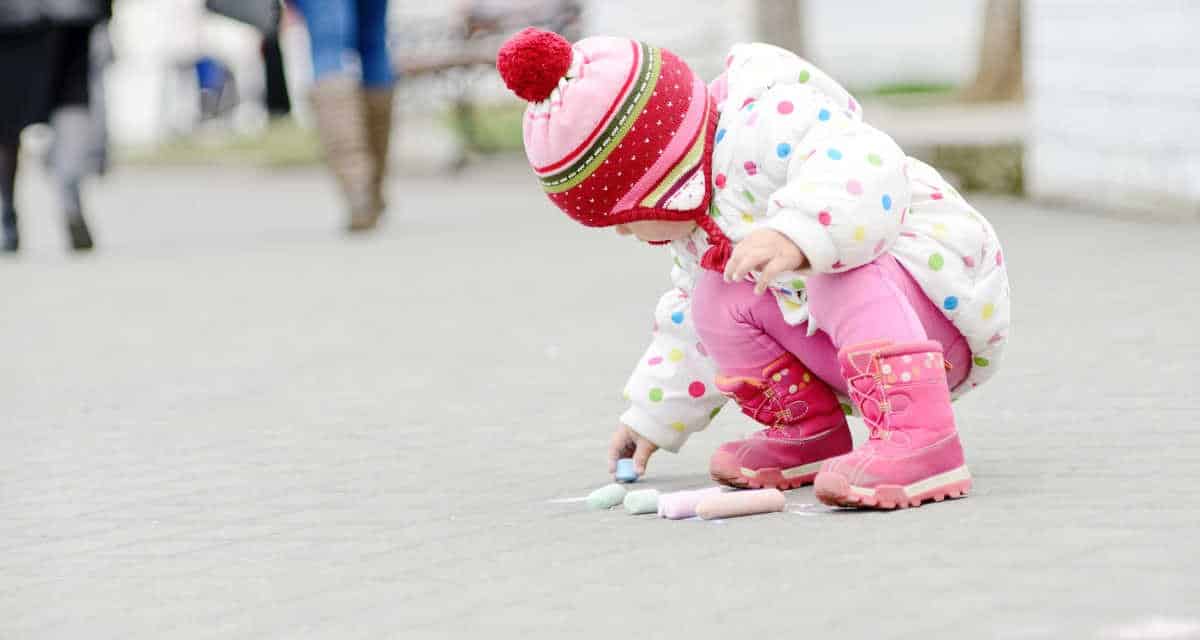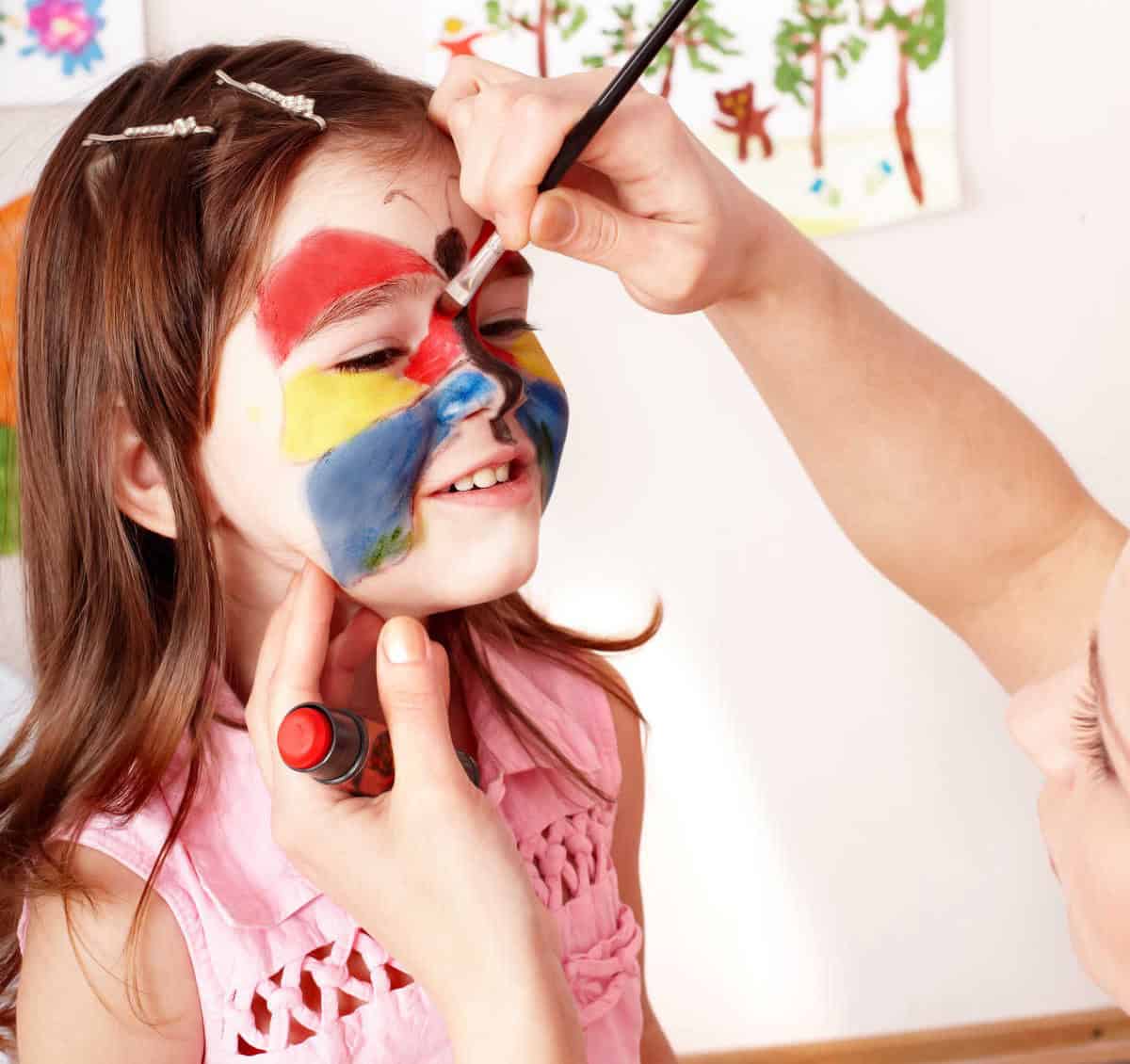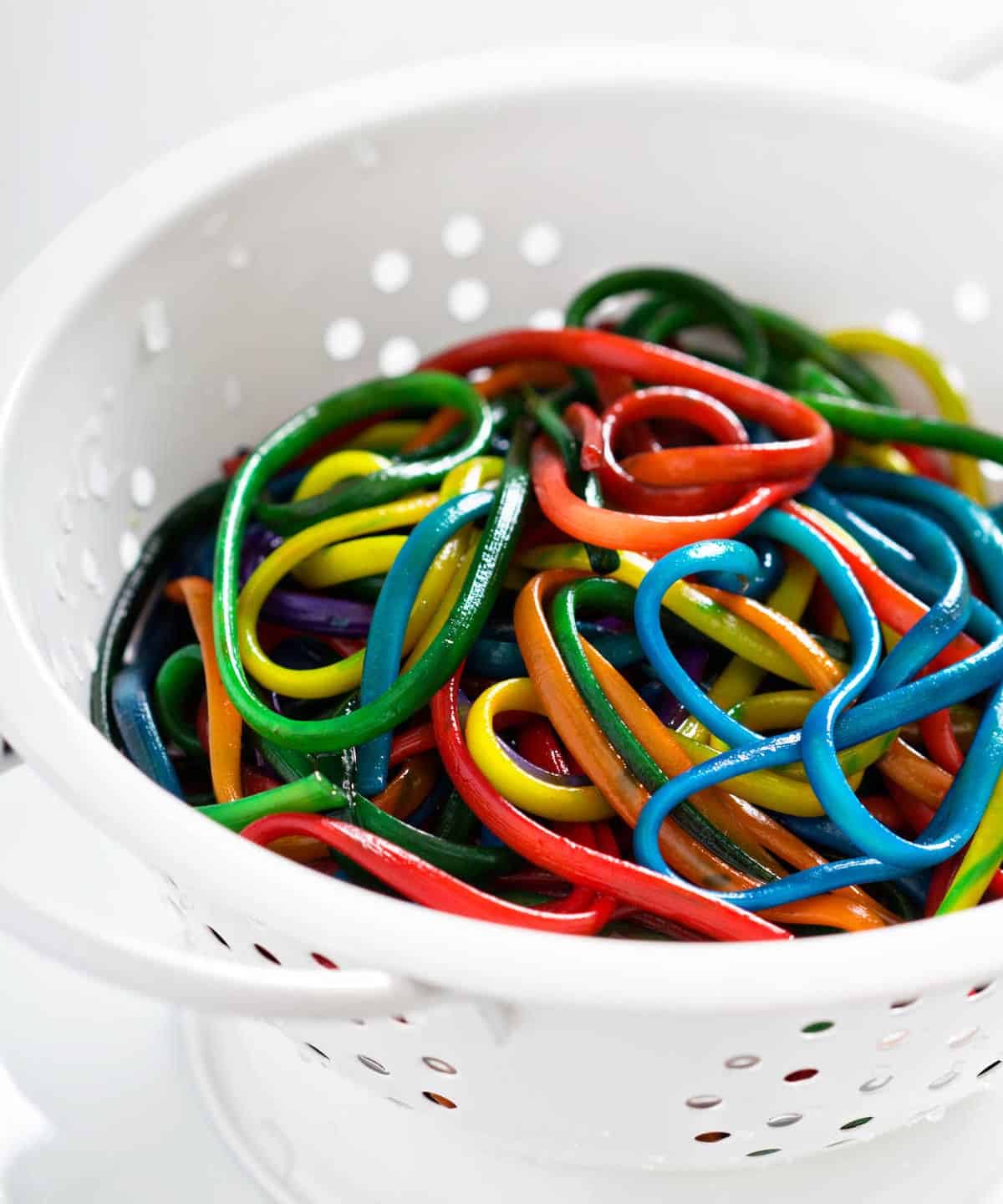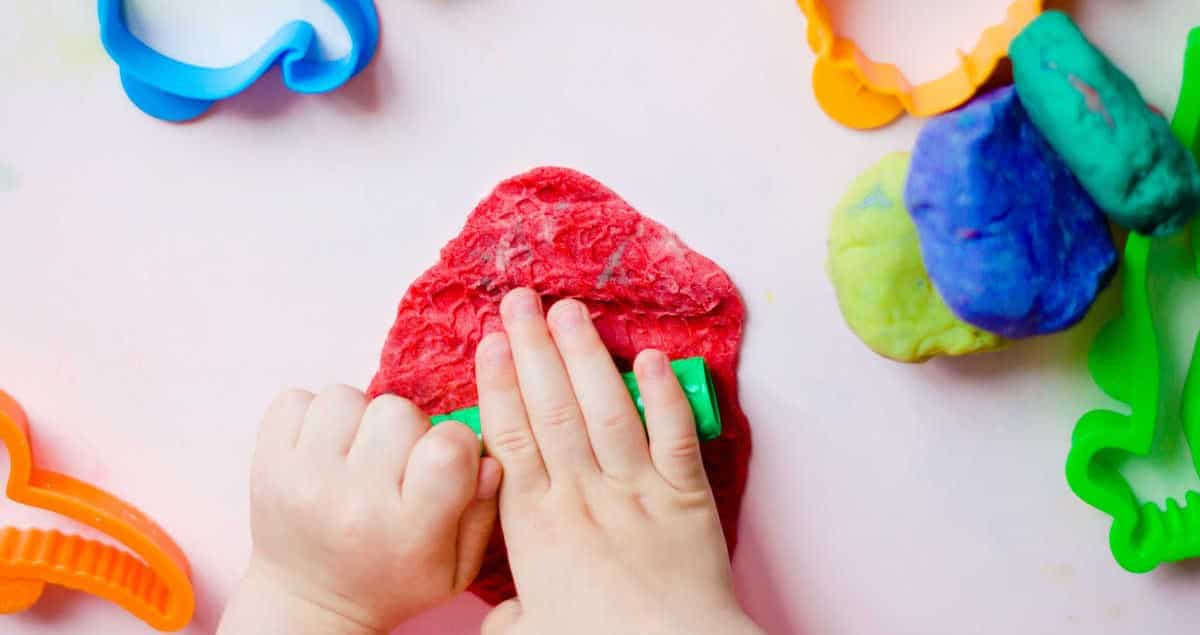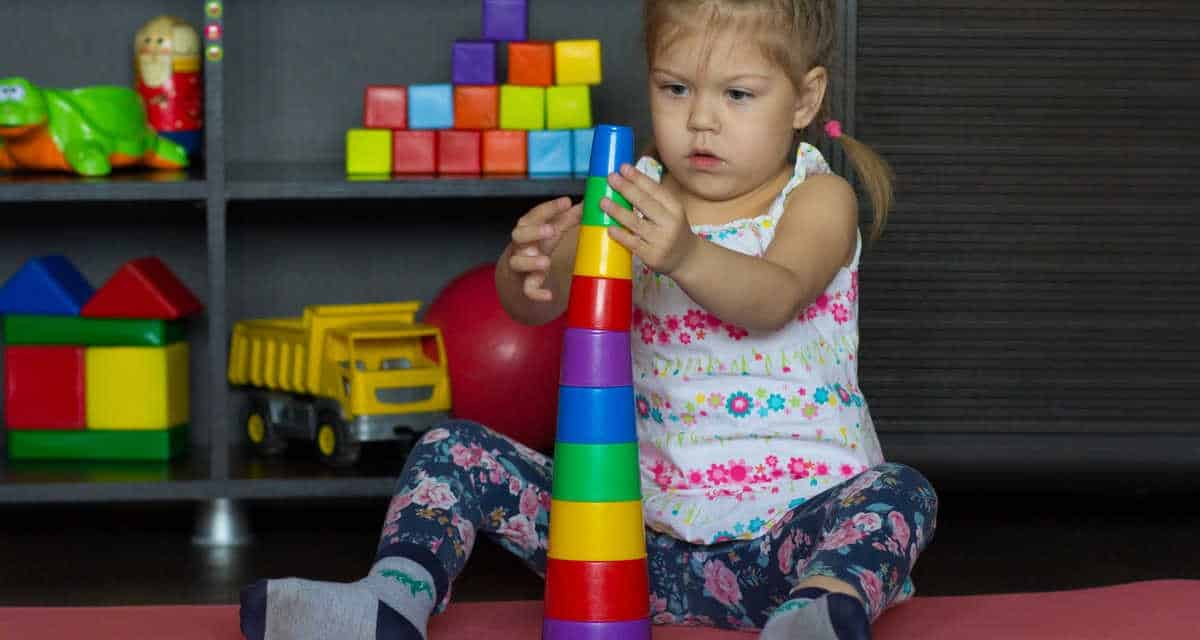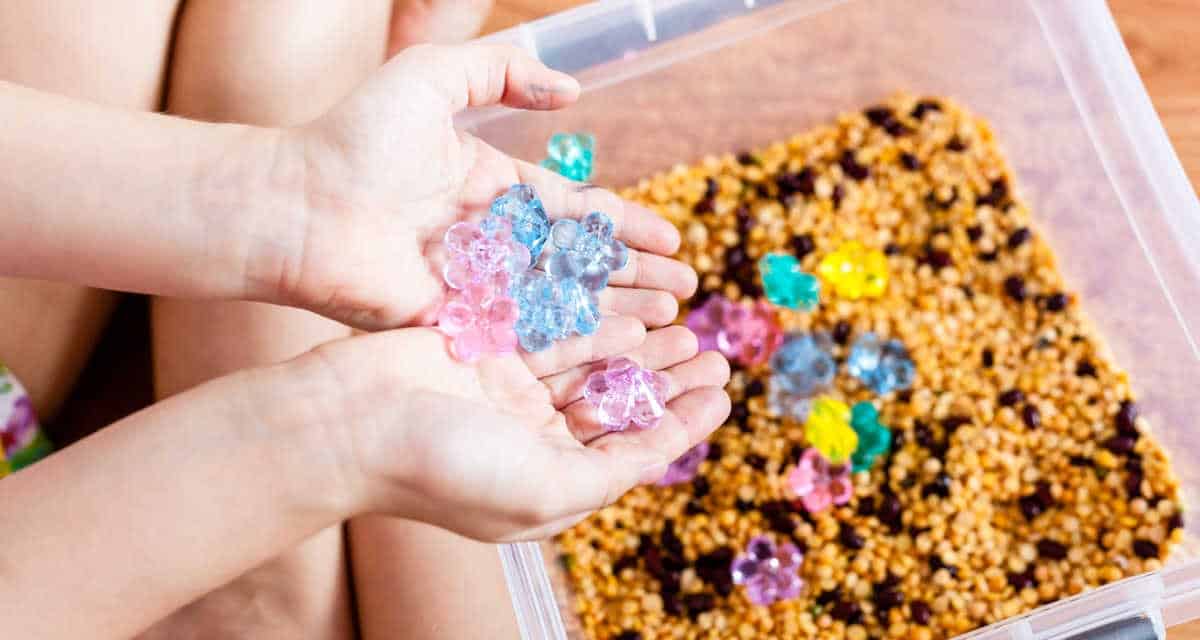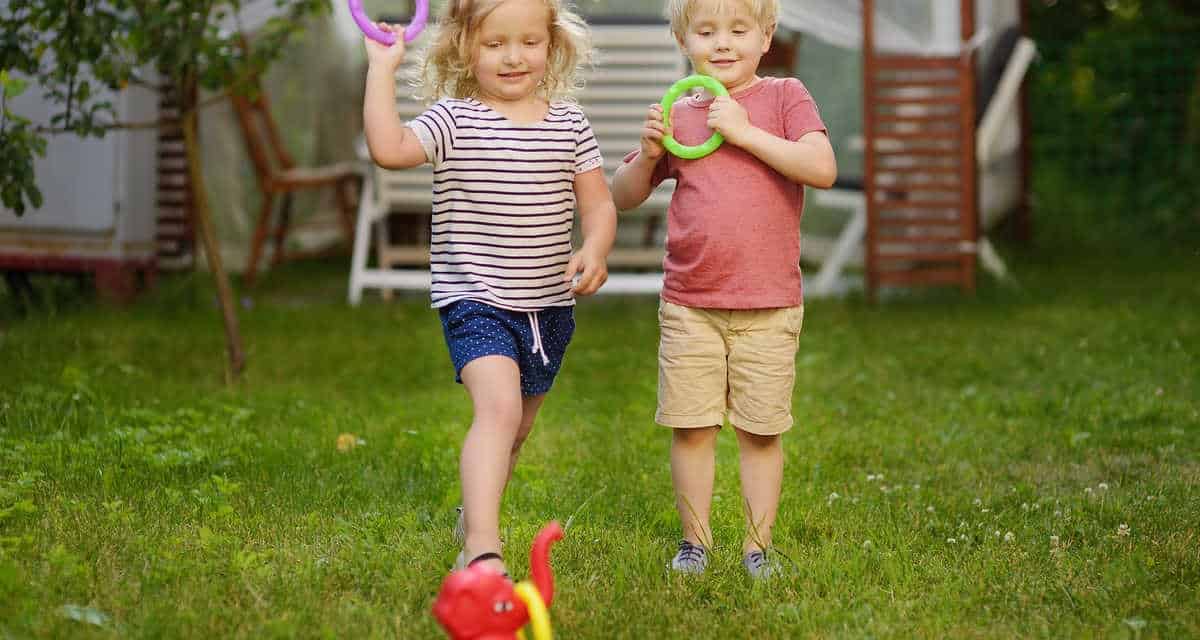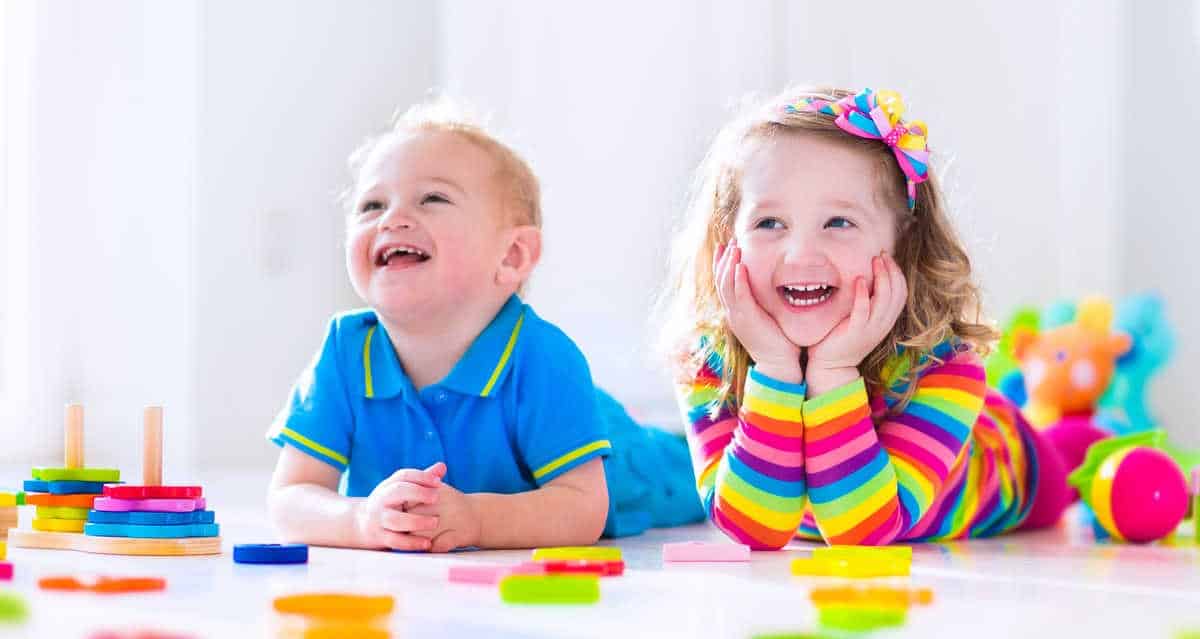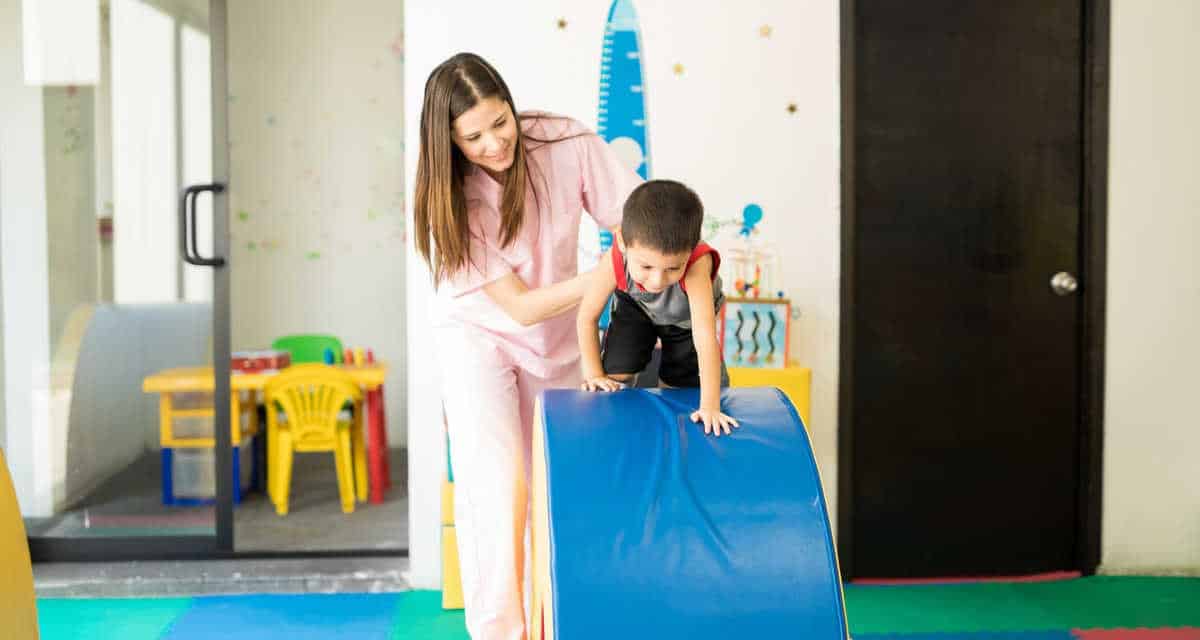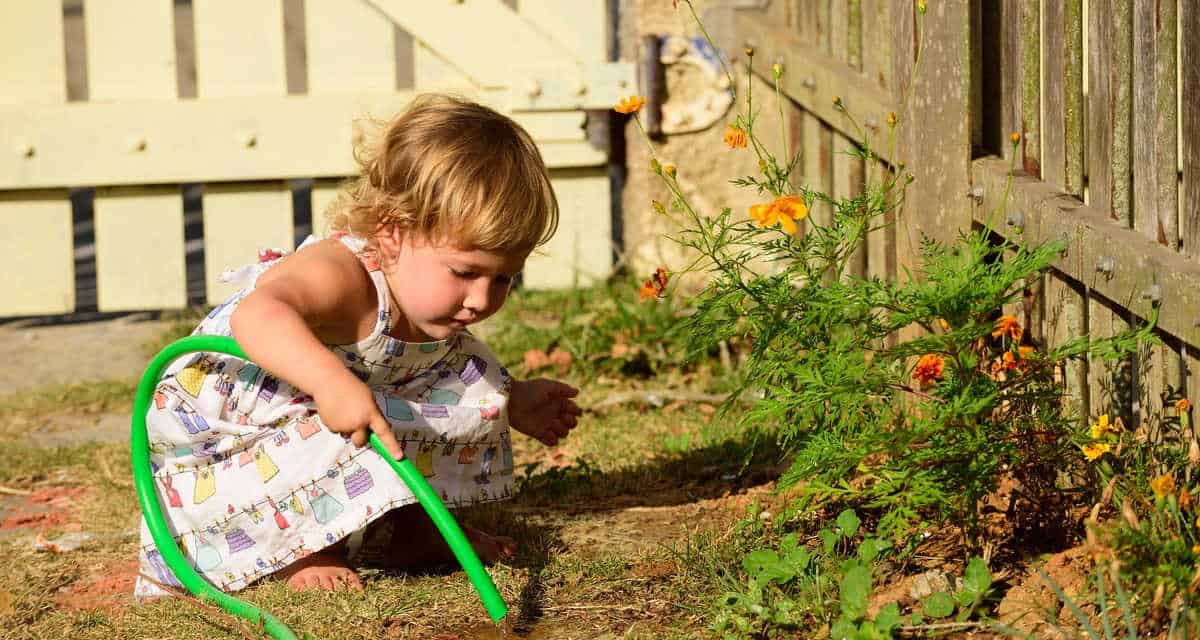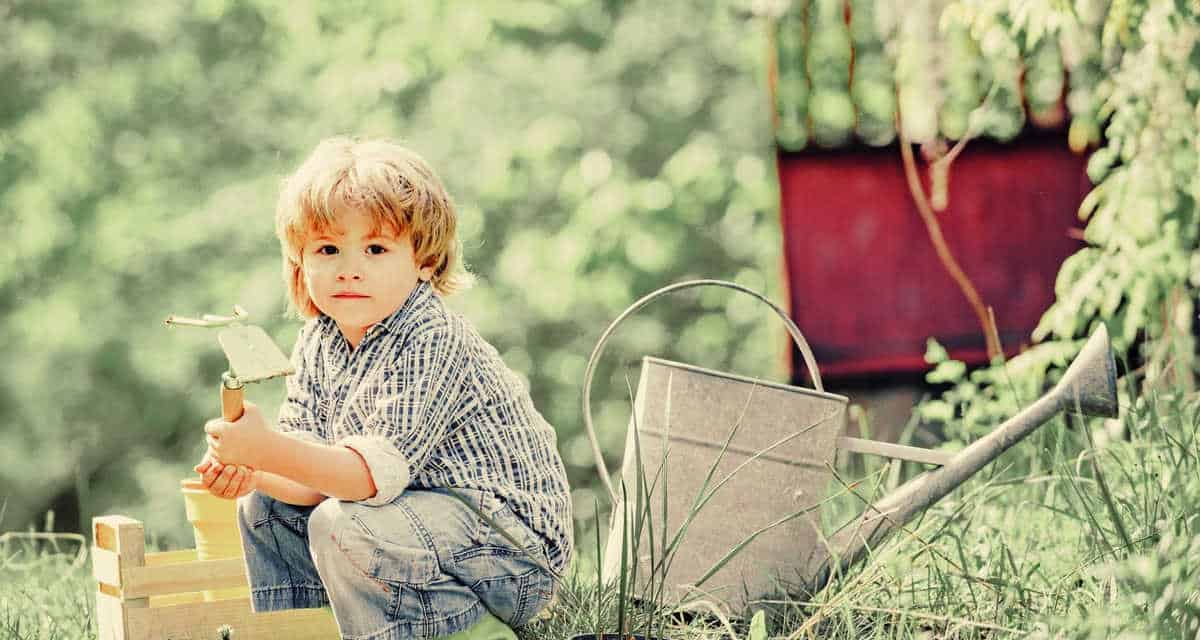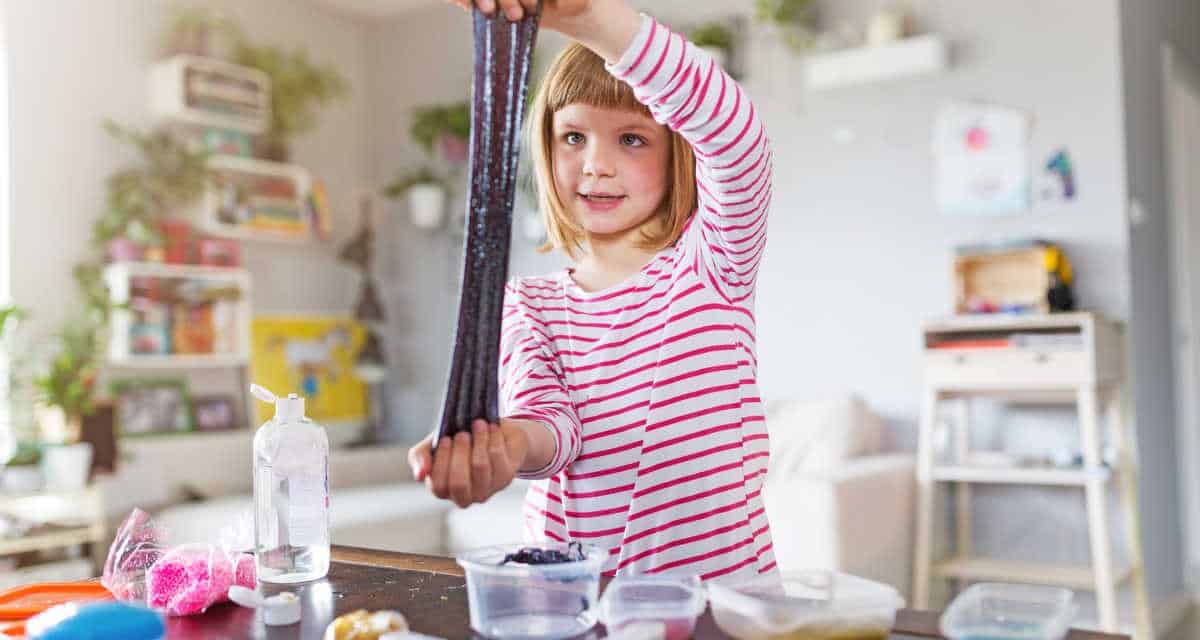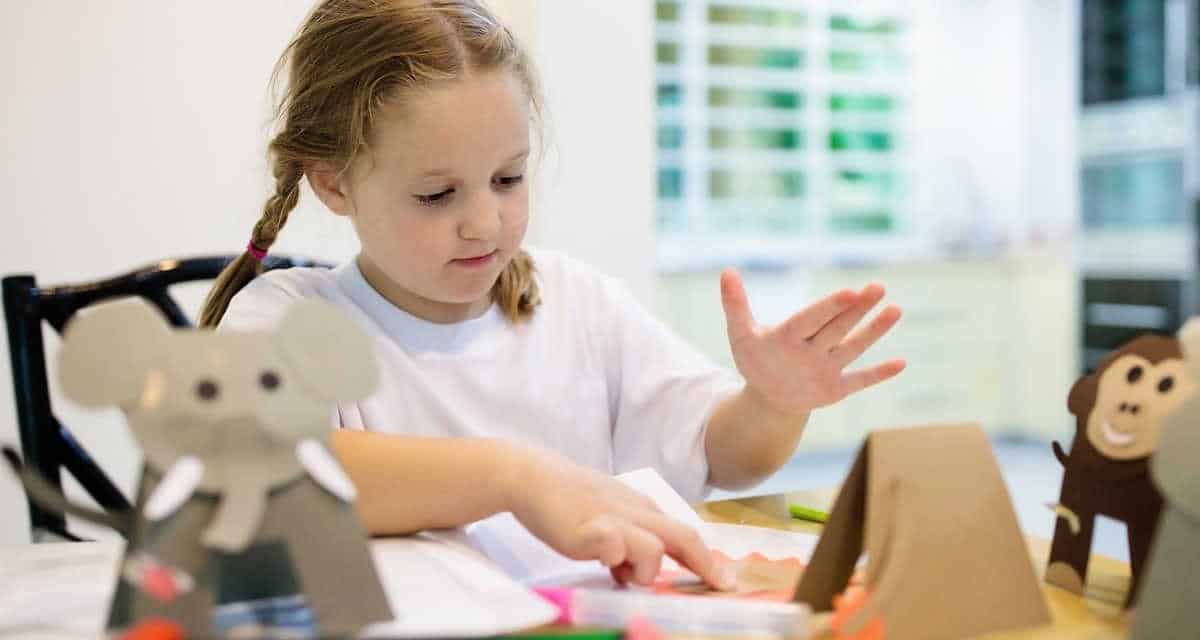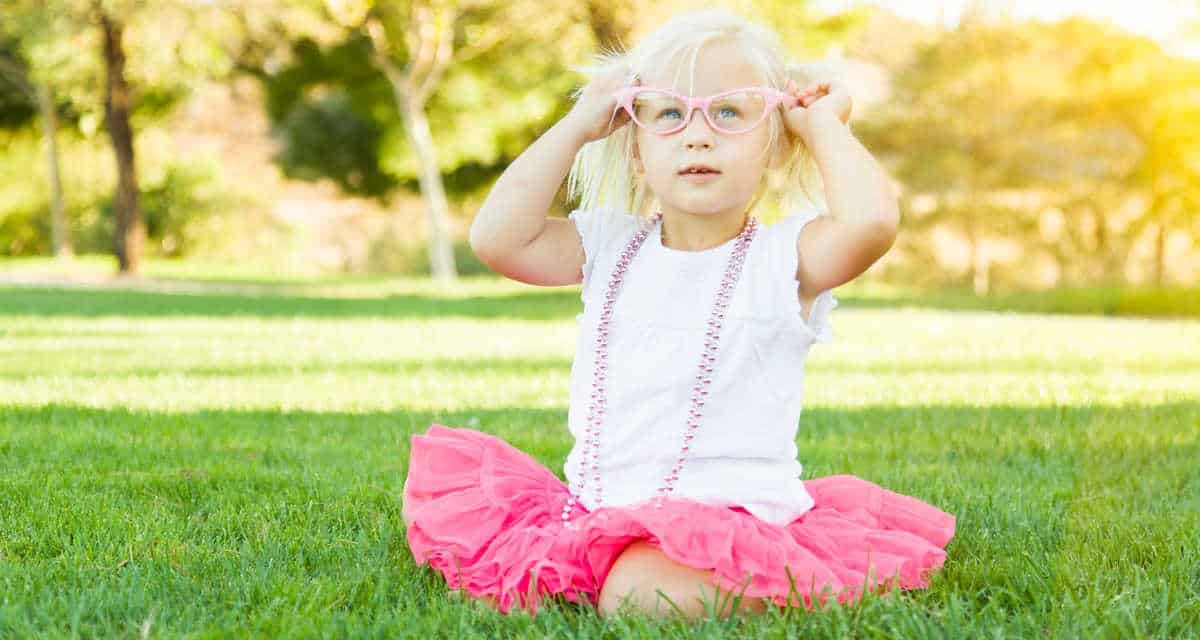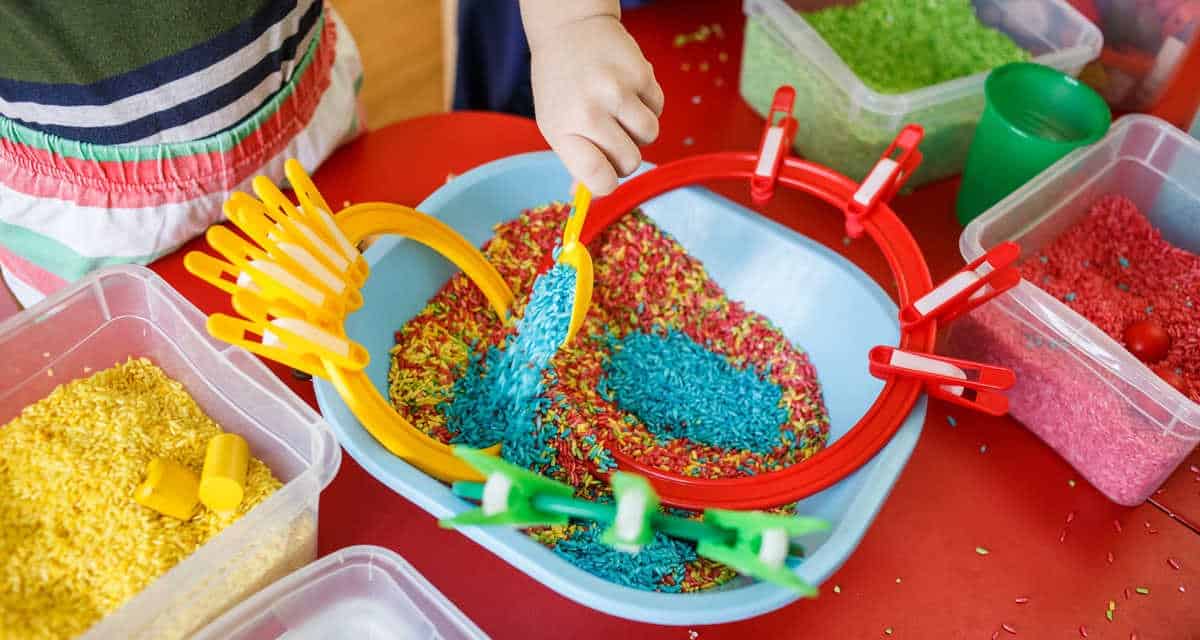Are you seeking ways to channel your toddler’s boundless energy into engaging and educational experiences? Look no further! Two-year-olds are renowned for their playful nature, requiring a plethora of creative outlets to satiate their needs. Moreover, this crucial age serves as an ideal window for learning and development, making every activity a valuable opportunity to teach them something new.
Here, we’ve curated 41 delightful activities designed specifically for your two-year-old, ensuring a perfect blend of fun, creativity, and developmental growth.
Side Walk Chalk
Imagination knows no bounds when it comes to kids and their favorite pastime: playing with chalk! Not only is it a harmless activity (as long as they’re not mistaking it for a snack), but there’s endless potential for creative expression. Why not seize the opportunity to engage your little one in some outdoor fun? Grab some chalk and head out to the sidewalk or driveway, where you can create vibrant masterpieces together. The best part?
When playtime is over, simply hose down any colorful creations and watch them disappear like magic!
Color Wheel to learn Colors
While rainbows are often the go-to choice for teaching primary colors to young children, there are alternative approaches waiting to be explored. Consider using a color wheel as a tool to introduce your two-year-old to the world of colors. Although it may require a bit more preparation than painting a rainbow, this method offers a flexible and reusable option that can be employed multiple times as needed.
Finger Painting
Unleash the creativity and get ready for a messy adventure! Finger painting is an excellent way to encourage self-expression, fine motor skills, and most importantly, pure fun. To set up this activity, gather a few essential items: paper plates or watercolor sheets, your preferred painting medium (such as cardstock, chart paper, or even watercolor paints), some sponges for added texture, and don’t forget to have plenty of paper towels on hand to clean up any spills or splatters that might occur.
This activity is suitable for 1-year-olds and older, making it an excellent way to engage young minds and stimulate their senses.
Face Painting
There’s something truly special about transforming ordinary faces into vibrant works of art. Face painting is an activity that transcends age groups, delighting both children and adults alike. For young toddlers, the experience can be nothing short of magical. With just a few simple tools – like acrylic paints and brushes – you can bring a smile to your little one’s face. Just be sure to take a few precautions first.
Before diving in, perform a patch test on a small area of skin, such as their hands, to ensure the paint doesn’t trigger any allergies. With this basic preparation complete, you’re ready to unleash your creativity and create unforgettable memories with your child.
Bathtub Paint
When it comes to DIY bathtub painting activities for toddlers, messy and fun are the perfect descriptions. But what really sets this project apart is its washability – a feature that ensures any unwanted paint can be easily removed without leaving stains on your surfaces. Before embarking on this creative endeavor, though, take a moment to test the paint on a small area first to ensure it won’t cause any surprises.
To get started, gather the following materials: 1 cup of dish detergent or liquid soap, 1/2 cup of cornstarch, and 1/2 cup of boiling water. Add some color to your mixture by incorporating food coloring into the mix.
Rainbow Pasta Sensory Activity
When cooked pasta reaches room temperature, its flavor tends to lose its appeal. However, this can be transformed into a unique sensory experience for two-year-olds. One creative approach is to incorporate it into a fun, messy, and tactile activity that allows children to engage their senses. To elevate the experience further, consider adding a few drops of food dye to the boiling pasta pot.
Let your imagination run wild with vibrant colors, resulting in a rainbow-hued pasta for your little one to explore.
Playdough
Recalling childhood memories of sensory play, it’s hard not to think of the classic: playdough. Despite growing older, I still find myself delighted by this tactile treat. It’s a nostalgic nod to simpler times that many of us can relate to. So, on your next shopping trip, consider stocking up on store-bought playdough for your little one to enjoy.
Alternatively, you can get creative and craft your own dough using flour, cornstarch, or salt, depending on the desired texture and sensory experience.
Stacking Cups
When it comes to engaging toddlers in fun and educational activities, stacking is an excellent way to go. Whether it’s cups, blocks, toys, or even books, the simple act of stacking can provide a wealth of opportunities for developing crucial motor skills. As your little one stacks their chosen items, they’re also honing their hand-eye coordination and core balance – essential skills that will benefit them in the long run. And the best part?
You don’t need a plethora of fancy materials or specialized toys to get started. Simply find something stackable – like those humble paper cups hiding in your pantry – and you’re good to go! The possibilities are endless, making stacking a great way for both you and your child to bond while fostering important cognitive and physical development.
Story Stones
Storytelling with toddlers has never been more engaging than with the use of story stones. These small, painted pebbles serve as visual prompts to inspire young minds to craft their own narratives. Not only can children build upon these stones to create their own stories, but they can also exercise their communication and interpretation skills in the process. As an added bonus, this creative activity fosters imagination and nurtures artistic expression.
By painting or purchasing a set of story stones, parents can easily introduce their little ones to the world of storytelling and watch their creativity flourish.
Frozen Water Beads
Freezing water beads not only yields a fascinating ice bead material, but it also unlocks a captivating sensory experience for toddlers. For those unfamiliar with water beads, they are the same gelatinous orbs often used by florists in floral arrangements. When frozen, these beads transform into hard, crystallized structures that can be just as mesmerizing to little ones as they are to adults.
As always, it’s essential to supervise your child closely when engaging in this activity to ensure their safety and prevent any potential choking hazards.
Musical Wall
Imagine creating an interactive sensory experience for toddlers in the comfort of their own backyard! It’s easier than you think, thanks to the concept of a musical wall. Simply gather various objects that produce different sounds when struck or moved – think pots, pans, buckets, cans, and more household items – and affix them to a fence or wooden board. Then, provide your little ones with a trusty wooden spoon and watch as they discover the joy of making music and exploring their creativity.
Egg Carton Color Sorting
One of my favorite things about creative play is transforming everyday items into unique and engaging experiences for kids. To set up this fun and educational activity, start by collecting a few egg cartons. This simple yet effective fine motor exercise can help children develop essential sorting skills based on color. Begin by painting the interior surfaces of the carton with different colored paints to create a vibrant, rainbow-inspired effect.
Next, gather various small, colorful objects such as cotton balls, beads, or other materials that can be sorted into their corresponding color slots.
Flower Sensory Bin
Sensory play is a wonderful way to engage toddlers in creative exploration, and sensory bins are no exception. This flower-themed activity is perfect for a lazy summer afternoon with your little one. To create this bin, simply gather an assortment of floral elements like petals, stems, buds, seeds, and even full blossoms. Just be sure to remove any thorns before adding them to the mix.
Indoor Fort
Indoor forts are often associated with childhood, but there’s no reason why they can’t be enjoyed by adults too! I’ve lost count of how many times I’ve built one in recent years. There’s something undeniably cozy about curling up inside a fort, whether it’s for a sleepover, movie night, or simply to get lost in a good book. As you navigate the world of parenting, there’s no better way to bond with your toddler than by building an indoor fort together.
It’s a simple yet effective way to create a sense of intimacy and closeness, while also encouraging imagination and creativity. So why not take some blankets, pillows, and chairs, and start constructing your own cozy little sanctuary?
Pretend Play
By fostering imagination and creativity, pretend play provides a nurturing environment for young children to grow, learn, and thrive. This interactive experience allows them to let their minds wander and explore new ideas, all while having fun and developing essential social skills. The incorporation of props and interactive storytime adds an extra layer of engagement, making it easy to bring the magic of pretend play into your home or classroom setting.
Easy Ring Toss
The allure of ring toss games is undeniable – who doesn’t recall hours spent fine-tuning the precise timing required to skillfully send the ring soaring around its target? For many, the annual fair represents the perfect opportunity to put these skills to the test. But it’s not just a source of nostalgia; ring tossing can also be a valuable learning experience for your toddler.
By engaging in this activity, they’ll develop their hand-eye coordination and, more importantly, enjoy a fun and engrossing pastime that will keep them occupied for extended periods.
Sandbox
Imbued in the collective memory of childhood is the joy of playing in the sandbox. This timeless activity has the ability to bring smiles to faces and spark imagination. Allowing your toddler to engage in this sensory experience can be an excellent way to keep them entertained for hours on end.
Moreover, you can further enrich their playtime by incorporating a variety of toys, objects, and tools that foster creativity and problem-solving skills, such as building sandcastles or creating intricate designs.
Building Towers
As you gaze upon the intricately crafted sandcastles created by your little one, it’s natural to envision their future as an aspiring architect. Building towers is another engaging activity that can help nurture this interest and potentially lay the foundation for a lifelong passion. At around 24 months, most toddlers are capable of constructing impressive seven-stack towers using building blocks, wooden blocks, cups, or any other stackable materials you have on hand.
Simon Says
Simon Says offers toddlers a comprehensive learning experience by allowing them to receive, interpret, mimic, and execute commands. This activity not only teaches your child how to follow instructions but also fosters an all-rounded development. The beauty of Simon Says lies in its simplicity – no elaborate planning or tools are required. With some basic research to find age-appropriate prompts for your two-year-old, you can easily get started and provide a fun and engaging experience.
Object Tracing
If you have a toddler who loves to create art, it’s likely you’ve noticed early signs that they might be developing their artistic skills. And while we often associate art with free-form expression, the foundation of creativity is actually rooted in understanding and replicating shapes. One simple yet powerful way to help your little one develop this skill is through tracing objects.
By doing so, your child will gain a deeper appreciation for the intricacies of shape – every curve, edge, line, and groove. This activity also helps them comprehend the dimensions, size, and other aspects of an object, which are essential for any budding artist to master.
Obstacle Course
An obstacle course remains a timeless activity, offering benefits for individuals of all ages. From professional Olympic-level competitions to mini courses designed for toddlers, the value of obstacle courses cannot be overstated.
For young children, such as two-year-olds, obstacle courses provide an opportunity to develop problem-solving skills and learn how to approach challenges in a logical and creative manner.
By pushing themselves to overcome obstacles, they can also build confidence and self-esteem.
When selecting an obstacle course for your toddler, you can choose from a variety of props and maps that cater to their specific needs and abilities. This allows you to tailor the experience to ensure it is both enjoyable and challenging.
Count Everything
Color Sorting
After mastering the basics of letters and numbers, it’s essential for children to develop their understanding of shapes and colors. The notion that we can’t teach or explain colors to another being highlights the complexity of this concept. So, how do you introduce primary colors to your little ones? The key is to establish correlations between objects and colors, making it easy to sort them into their corresponding categories.
A simple yet effective approach is to paint an empty egg carton in different hues and collect colorful beads, cotton balls, or other objects to categorize accordingly.
Watering the Plant
When a rambunctious child bursts with energy, watering the plants can become a surprisingly effective way to teach patience. By nurturing, tending, and caring for the greenery, you’re imparting valuable lessons that extend beyond the garden. The magic of watching plants grow and flowers bloom is undeniable, especially when your child realizes they played a role in its transformation.
This experience also provides a unique opportunity to introduce them to the world of gardening, allowing them to connect with nature and develop an appreciation for the beauty of plants.
Plant a Seed
Introducing your little one to the wonders of gardening doesn’t have to stop at simply watering plants. By taking it to the next level and planting seeds together, you’re not only fostering a sense of responsibility but also teaching patience and understanding of the natural world. As you nurture the seed from germination to growth, your child can develop a deeper appreciation for the cycle of life, where tiny beginnings lead to something beautiful and thriving.
Edible Sand
When toddlers engage with sandboxes, it’s a near-certainty that some of the fine grains will end up in their mouths. Despite vigilant supervision, it’s still likely to happen. So, what’s the solution? One innovative approach is to create edible sand. This can be achieved through various recipes available online, and you can even add food coloring to create vibrant hues – a fun twist!
Plank Walk Balancing Game
To help toddlers develop their physical skills and find balance in their bodies, incorporating activities that challenge them can be highly effective. One engaging way to do this is by setting up a ‘plank’ walkway for your little one. This involves creating a narrow strip for your toddler to walk along, forcing them to focus on balancing themselves as they move.
While it may seem simple, this activity can help strengthen their muscles, improve their core stability and even enhance coordination in their limbs.
Craft Slime
Sensory experiences often elicit strong reactions, and slime is no exception. While it’s a beloved activity for many children, it can also leave parents scratching their heads in confusion. Despite this, slime remains a crowd-pleaser, offering a unique combination of texture and tactile exploration that captivates kids. For those looking to indulge in some hands-on fun, craft slime is widely available at local stores.
Alternatively, with the right recipe, making slime from scratch can be a rewarding experience.
Colorful Sensory Bag Play
While sensory bags share similarities with sensory bins, they offer an added visual dimension. You can unleash your creativity by incorporating a variety of colors and textures that not only engage the hands but also the eyes. By doing some research on what to include, you can also add auditory elements, allowing for a multisensory experience that combines sight, sound, and touch.
Stop and Go games
When teaching kids to respond to basic commands like ‘stop’ and ‘go’, it’s essential to make the experience engaging and enjoyable. One effective way to do this is by transforming these commands into a fun game. This approach can incorporate various activities, such as mini-races or musical chairs, where you initiate and then suddenly stop after a set time interval.
By doing so, kids are more likely to develop an association between the command and its intended action, ultimately leading to improved response rates.
Paper Crafts
Unlocking the world of creative expression with paper is a fantastic way to help toddlers develop new skills. This tactile activity allows children to explore various techniques like cutting, tearing, gluing, folding, and drawing. The best part? It’s incredibly versatile, budget-friendly, and easy to plan, making it an ideal recipe for developmental activities.
Moreover, you can simply sit your little one down with some paper and let them unleash their creativity through painting, drawing, or doodling – no elaborate setup required!
Pass a Ball
Have you ever played the classic party game of passing the present? Or perhaps a variation like passing the ball? Whatever the version, this interactive activity is an excellent way to strengthen bonds with your child while fostering essential motor skills. At its core, the game is deceptively simple: any movement made by your youngster serves as a test of balance and coordination.
Play Dress Up
While it’s often stereotyped as a ‘girl thing,’ dressing up is a universal childhood delight that knows no gender boundaries. Many boys, just like girls, relish the opportunity to become their favorite fictional characters or assume alternative identities for a day. Who wouldn’t want to channel their inner pirate or swashbuckler, or perhaps don a royal cloak and pretend to be royalty?
The act of dressing up not only taps into children’s natural creativity but also serves as a valuable extension of imaginative play, often complementing interactive bedtime stories and other narrative experiences. This beloved activity can seamlessly integrate itself into various aspects of your kids’ daily routine, fostering a sense of freedom and self-expression.
Ball Pit
I’m blessed with an abundance of joyful recollections, each one a vibrant snapshot of my toddler’s antics in a ball pit at birthday parties. Those carefree moments are etched in my memory as a treasure trove of fun. For parents seeking to recreate the experience at home, it’s reassuringly easy to set up a mini ball pit for your little one, especially if you’re concerned about them getting lost in larger ones. Simply gather an inflatable kiddie pool and a stash of colorful balls, and voila!
Your tiny tot will be enthralled in this tactile haven, replete with endless opportunities for exploration and merriment.
Markers in a Cardboard Box
Fostering creativity through cardboard boxes is an effortless way to encourage imaginative play with a tangible twist. By providing your child with markers, colored pens, and a blank canvas (the box), you’re giving them the freedom to unleash their artistic expression. As they decorate the box, watch as their imagination runs wild! The best part? You get to sit back and enjoy the process, allowing your child’s creativity to flourish.
Painting with Water
Engaging in water painting is not only a delightfully tactile experience but also an excellent opportunity for your child to develop a growth mindset. The ephemeral nature of water-based art allows kids to feel at ease making mistakes, knowing that any errors can be effortlessly erased. This freedom from fear of failure can lay the groundwork for future skills like writing, as they learn to approach challenges with confidence and experimentation.
Bubble Wrap Sensory Paint
I’m willing to put my reputation on the line by claiming that anyone who doesn’t enjoy the delightful crackle of bubble wrap is a rare breed indeed. The sheer satisfaction I derive from popping those tiny bubbles is unmatched, and I have no doubt your little ones will share in this joy. Why not take it to the next level and transform it into an artistic expression and learning experience?
Simply apply some paint to the bubble wrap and watch as the sounds of pop-pop-pop become a symphony of creativity.
Coloured Beans Sensory Play
When it comes to sensory play, beans, lentils, and pulses are often go-to choices for their unique textures, vibrant colors, and auditory appeal. The tactile experience of handling these small, irregularly shaped items can be particularly engaging for children. Furthermore, the visual aspect is enhanced by the varied hues and patterns found among these dried legumes. But why stop there? Why not take it a step further and introduce an element of creativity by coloring those beans!
The possibilities are endless, and I encourage you to explore them.
Pom Pom Sensory Bin
Pom-poms are one of those delightful things that capture the imagination with their vibrant colors and playful textures. They offer a treasure trove of sensory experiences for children to explore and engage with. Imagine creating a pom-pom sensory bin, filled with a medley of colors, textures, and even water! The possibilities are endless, allowing your little ones to experiment and discover the wonders of sound, sight, and touch.
Backyard Toy Painting
It’s easy to become preoccupied with the digital world and forget the importance of spending quality time outdoors with your little one. One way to encourage this is by engaging in a fun activity like backyard toy painting. Not only does this allow for some much-needed fresh air, but it also makes cleanup a breeze since paint splatters can be easily managed outside.
Edible Painting Bread
Embrace the creativity of mealtime by incorporating edible painting on bread into your daily routine. Allow your child to explore and express themselves through art, using their favorite foods as a canvas. This activity not only provides a unique and engaging way to enjoy meals together but also eliminates the risk of accidental paint consumption. As you indulge in this fun and colorful experience with your little one, remember that it’s okay to let go of perfection and simply enjoy the process.
41 Fun 2-Year-Old Baby Activities
Get ready to spark creativity and excitement with these engaging activities for 2-year-olds! With just 10 minutes of prep time, you can create a fun-filled experience that will keep little ones entertained. The total activity duration is approximately 30 minutes, making it perfect for a quick morning or afternoon playdate. Simply pin the recipe for future reference, and don’t forget to save your screen from going dark!
Materials
Instructions
When selecting activities for your little ones, prioritize options that are sure to bring them joy. From simple crafts to engaging games, there’s something for everyone. If you’ve already tried this particular activity, we’d love to hear about it! Take a moment to share your thoughts and rating in the comments section below. Your feedback is invaluable to us, and we make it a point to respond to every comment personally.
